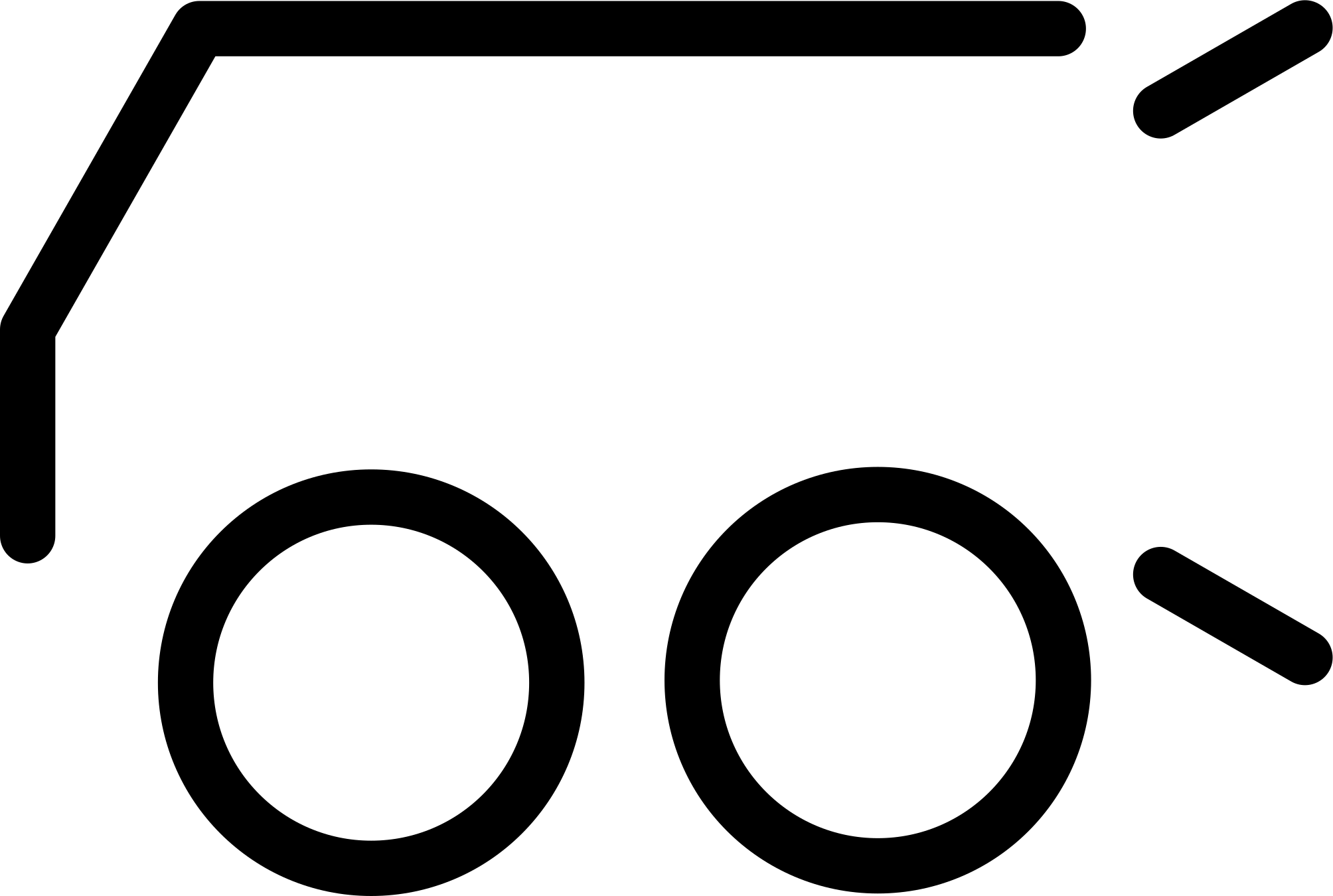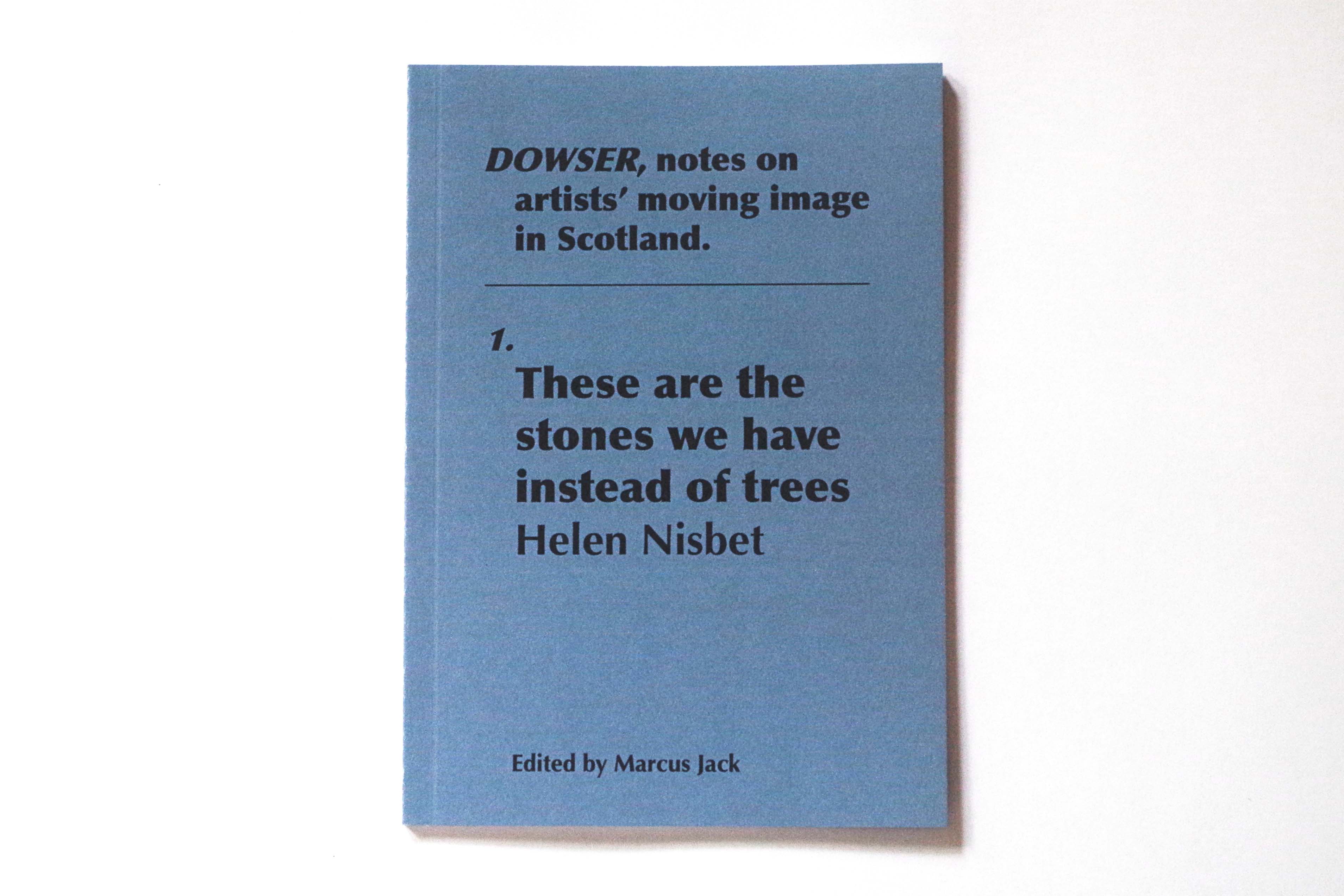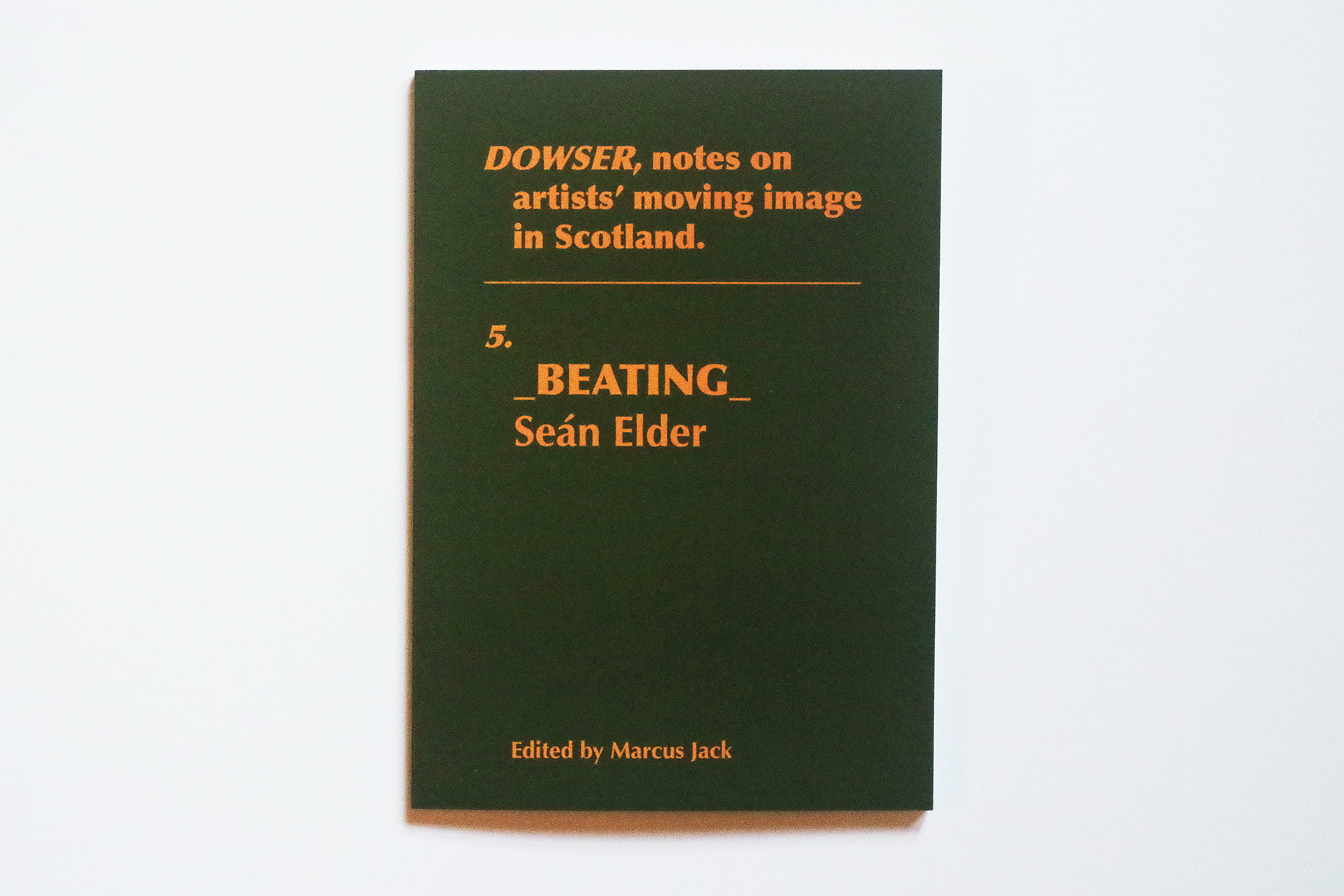DOWSER, notes on artists’ moving image in Scotland is a chapbook series founded in 2020 and published by Transit Arts.
DOWSER features newly commissioned essays, interview transcripts and archival materials, making available a collated set of resources from which we might begin to plot a history of artists’ moving image in Scotland. DOWSER is a non-profit project. Each chapbook is released as an open access online PDF and in a limited print edition.
ISSN 2634-7083 (Print)
ISSN 2634-7091 (Online)
Stockists
Transit Arts (Online)Good Press, Glasgow, UK
LUX Moving Image, London, UK
Public House, Birmingham, UK
Blue Flower Texts, Ōtautahi, Aotearoa / Christchurch, New Zealand
Libraries
Glasgow Zine Library, UKBFI Reuben Library, London, UK
British Library, London, UK
National Library of Scotland, Edinburgh, UK
Bodleian Library, Oxford, UK
Cambridge University, UK
National Library of Wales, Aberystwyth, UK
4.
Intermission
All sales of issues 1–7 are inclusive of a minimum £2.00 donation to the Scottish Refugee Council (Registered Charity: SC008639). Since launching, DOWSER has raised over £1,250GBP (as of December 2021).










